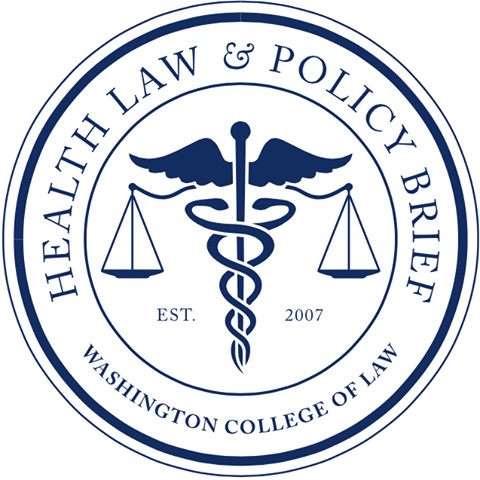The emergence of a novel coronavirus, SARS-CoV-2, the virus which causes COVID-19, has set off a cascading series of public health reactions unpresented in modern times. International travel shuttered to a halt as public health professionals sought the control the spread of COVD-19 through the traditional paradigm of identifying, isolating, and controllingcases. On the international stage, the World Health Organization (WHO) declared the 6th Public Health Emergency of International Concern since the 2005 revision of the International Health Regulations. In this context, a new set of authorities and liabilities schemes rapidly become applicable.
The ultimate goal in the control of any communicable disease is the development of a safe and effective vaccine capable of reducing morbidity and mortality. To encourage rapid innovation, medical countermeasures benefit from an array of traditional and pandemic-specific alternative liability structures. For the past 35 years, the National Vaccine Injury Compensation Program (VICP) has created an alternative liability structure for adverse events temporally connected to routine vaccination. Funded by a $0.75 excise tax on each disease prevented per vaccine dose, a pool of funding is available to compensate victims of certain vaccine related injuries. Originally created by the National Childhood Vaccine Injury Act of 1986, the VICP requires injured parties to present their claims to the U.S. Court of Federal Claims for a special master to adjudicate. The law requires the Department of Health and Human Services (HHS) to create a Vaccine Injury Table listing covered vaccines and adverse events. Injuries sufficiently linked to a covered can generally receive economic and non-economic damages.
A key element of the government’s response to a major emergency is the invocation of special authorities. Beginning on March 17, 2020, HHS issued the first of several declarations under the Public Readiness and Emergency Preparedness (PREP) Act. Among other things, the PREP Act provides extensive immunity to medical countermeasures, including “any antiviral, any other drug, any biologic, any diagnostic, any other device, or any vaccine, used to treat, diagnose, cure, prevent, or mitigate COVID–19.” This immunity bars nearly all suits, absent willful misconduct, federal enforcement actions or equitable relief, for covered persons who “prescribe, administer, or dispense” countermeasures such as the EUA approved COVID-19 vaccines. Additionally, a PREP Act declaration shifts the vaccine liability structure from the VICP to the Countermeasures Injury Compensation Program (CICP). While relatively similar in premise to VICP, CICP covers injuries from vaccines developed during the declared emergency and require congressionally allocated function. Unlike VICP, who’s decisions can be appealed to the traditional courts, decisions of the CICP are unappealable.
Beginning in the early days of the COVID-19 pandemic, more than 200 candidate vaccines were identified, and traditional vaccine technologies were expanded to include DNA, RNA, protein-based technologies. Through an initiative codenamed Operation Warp Speed, the United States (U.S.) government invested unprecedented funding into vaccine development, including manufacturing doses potentially at a loss, to ensure prompt availability of promising candidates immediately upon approval. To date, the U.S. Food and Drug Administration authorized 3 vaccines under their Emergency Use Authorization (EUA) process, and the WHO authorized 8 vaccines through their equivalent, Emergency Use Listing (EUL) process.
In routine times, a governmental interest exists in encouraging the development of lifesaving vaccines. Following adverse events in the 1980’s involving the diphtheria, tetanus and whole-cell pertussis (DTwP) and live polio vaccines, the government created an alternative liability structure to insulate vaccine developers and spur innovation in an already highly regulated industry. To further expedite innovation during a declared public health emergency, even greater authorities and liability shields can be activated. Ultimately, the unusually strong liability protections EUA COVID-19 vaccines enjoy demands the utmost public confidence in the approval process.
For more detailed analysis on vaccine liability in COVID-19, see this article.
